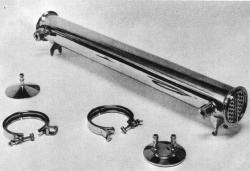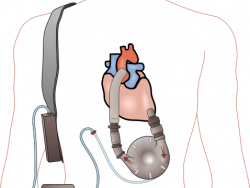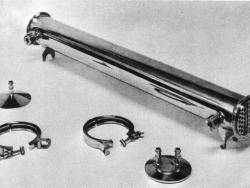Biomedical Engineering


This is the first extremely smooth, surgically implantable, seam-free pulsatile blood pump to receive widespread clinical use. In its use in more than 250 patients, it has been responsible for saving numerous lives. When used as a bridge to transplant, the pump has a success rate greater than 90 percent. There has never been a device-failure-related fatality of any of these patients. A successful heart-assist pump could save an estimated fifteen thousand individuals annually.
Innovations

This is the first extremely smooth, surgically implantable, seam-free pulsatile blood pump to receive widespread clinical use. In its use in more than 250 patients, it has been responsible for saving numerous lives. When used as a bridge to transplant, the pump has a success rate greater than 90…
Read More


